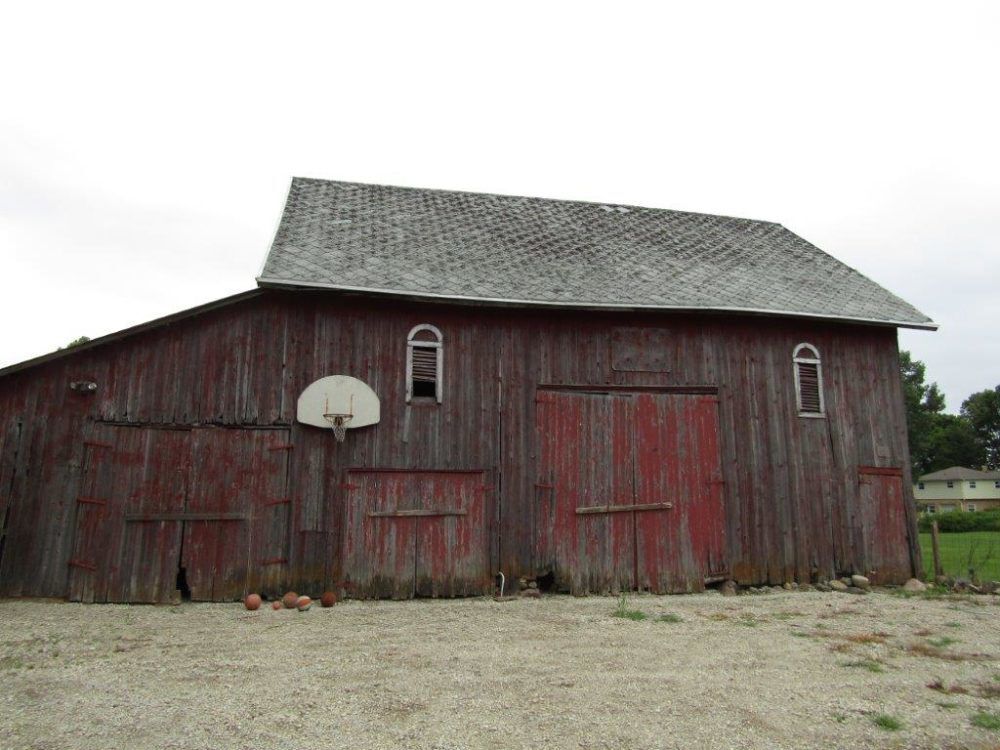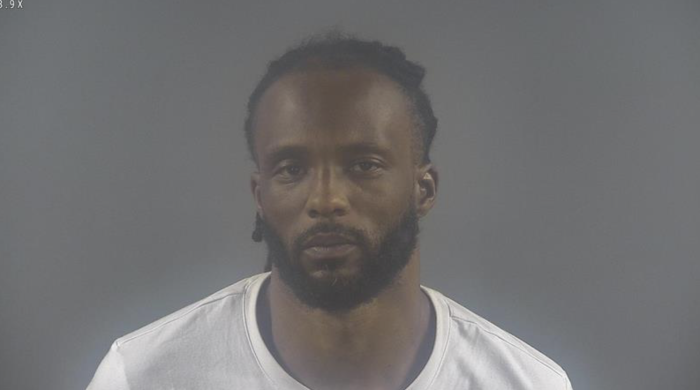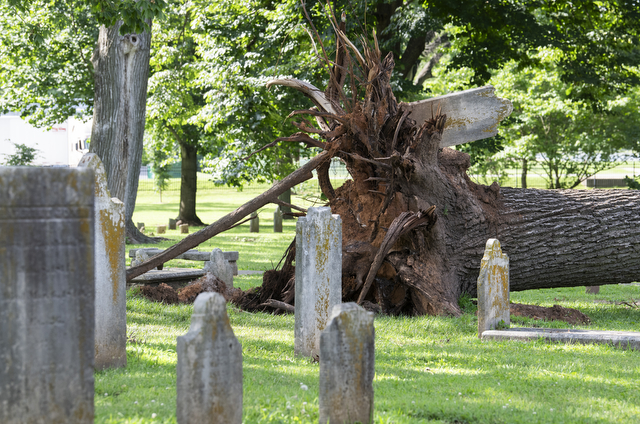‘Dream Game’ entrenched in our culture
Published 12:15 am Sunday, December 18, 2022

- This barn, with an attached basketball goal, is similar to ones where many Kentucky youth pretended to be part of Kentucky’s “Dream Game” growing up.
I slowly, methodically backed my way into the foul lane dribbling the basketball low to the ground. The defender, with hands held high, would be no match in preventing me from scoring. Thousands were watching as I positioned my 10-year-old body for a hook shot I had practiced at least a thousand times.
Of course, I hit it and the crowd went wild. After all, I was for a brief time Bevo Francis, the greatest scorer in college basketball in 1953. He was 6-9 and I doubt that I was even 4-9. Still it didn’t stop me from pretending.
To be like Bevo was a dream, and I could make it happen on my small dirt court with a goal and plywood backboard nailed to the rear of my garage on Neubert Drive in Elizabethtown.
Even with a mud-caked basketball, I could hit that hook shot. If I didn’t, surely I was fouled and automatically got a do-over. Was there ever a kid who played one-on-nobody who didn’t do the 5-4-3-2-1 thing? There was always a good excuse when the shot didn’t swish through the net, if there was even a net.
Basketball, at least in Kentucky, has often been referred to as the “dream game,” and now you know why.
For all practical purposes, my dream of being a great basketball player ended with a reality check at the high school level. However, after becoming an athletic administrator at Western Kentucky University, I was around the game a lot. Sitting alongside legendary sportscaster Wes Strader for 13 years describing the game to listeners across the state was, shall I say, another dream come true.
While at Western, as a student I got to know coach Ed Diddle, and later at UK coach Adolph Rupp. Neither probably knew my name but somehow remembered where I was from. They both called me “E-town.”
Early on while studying journalism, I dreamed of someday covering the Olympics for a big newspaper. Never happened.
I did have a bucket list of great basketball players someday I’d like to meet and even write about. It happened.
First came King Kelly Coleman. Wrote a book about his life as the greatest scorer in Kentucky high school history. Then came Frank Selvy. His college history included a 100-point game becoming an All-American at Furman before being the NBA No. 1 draft choice in 1954. His life and those of his brothers became part of a book I wrote, “The Boys From Corbin: America’s Greatest Little Sports Town.”
Next came Bevo Francis. In 1953, he scored 116-points in a game for Rio Grande College in Ohio, and no sports name, college or pro, was bigger than Bevo. I was 10 and wanted to play like Bevo. I did – in my backyard.
How could I ever meet and write about Bevo Francis?
Finding out an annual basketball tournament was being played at Rio Grande, Ohio, every November, I thought this might be my one shot at it. It was.
In November 2014, I drove to Ohio and met the famous Bevo, some of his teammates and even his coach, Newt Oliver. It was so much more than I expected, especially when Bevo asked me to join him as he drove a golf cart to where he would take a seat in a convertible that was in a parade honoring him and his 1953-54 team.
What a weekend it turned out to be. Bevo, his teammates, Friday night parade, Saturday luncheon, and sitting and talking with Bevo and his old coach. Bevo died the next year at age 82.
A sidebar to the trip to Rio Grande – this is where the Bob Evans Restaurant was born.
Driving past the Bob Evans 1,000-acre farm on the way to see something else added to the total experience.
With Kelly, Frank and Bevo now in tow, I was able to somehow turn the dream of a young boy into a reality.
– There’s no excuse, get up, get out and get going! Gary P. West can be reached at westgarypdeb@gmail.com.






